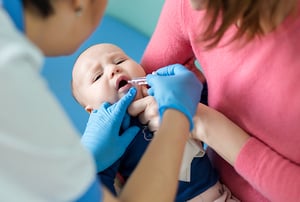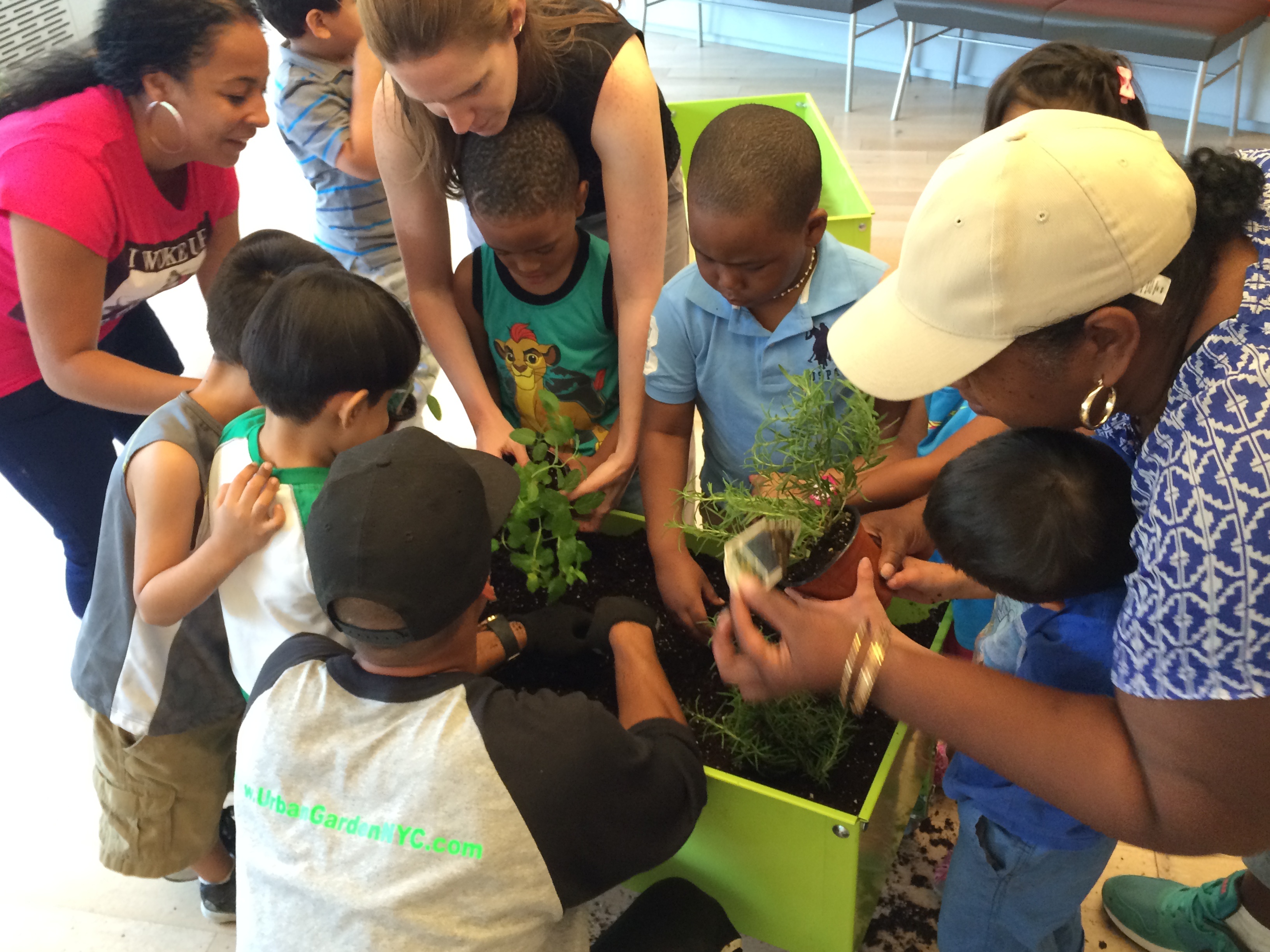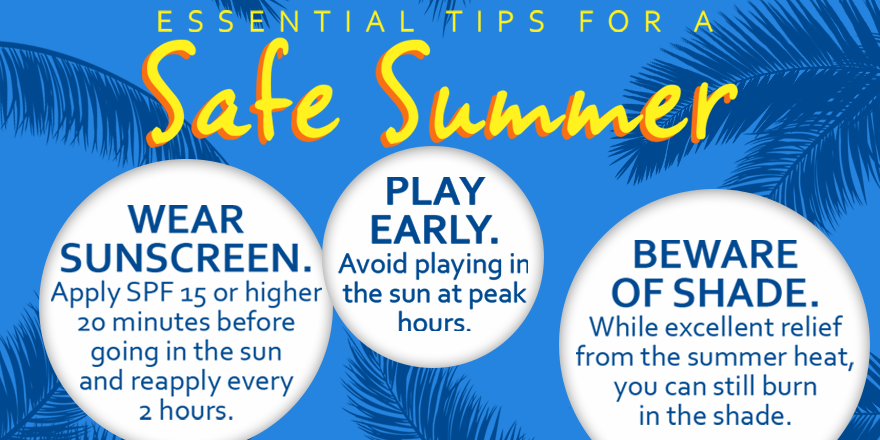
Safe Kids Worldwide has indicated that in a given year, more than 60,000 children are treated in emergency rooms as a result of accidental medication poisoning. Do you know all you need to know about keeping your child safe from medications in the home? What do you know about the dosing and disposal of medication to keep your child safe? Just because something has a safety seal or childproof lid, does not mean your child is safe from the contents of the package.
To learn more about preventing these accidental poisonings, follow the tips below and visit the Safe Kids site for additional resources.
Storage
- Always store medications and vitamins in a locked location, out of the reach and sight of children.
- Put medications and vitamins away after every use. Never leave them on the counter between dosings. Do not be tempted to “keep them handy” in a purse, backpack, or briefcase, or in an unlocked cabinet or a drawer within a child’s reach.
-
To help remember to take your medications or vitamins when they are no longer out in plain view, use the following tips from the CDC’s Up and Away and Out of Sight program:
- Buy child-resistant packages when available and securely close them every time.
- Remind babysitters, house guests and visitors to keep purses and bags that contain medications up and away from children when they visit your home.
- Never leave any medications out or on a counter.
Dosing
- Always read and follow the label when giving medication to children. If your child’s medication does not have dosing information, or instructs you to call a doctor for the dose, be sure that the doctor knows the exact product you are trying to use, because dosing differs among products.
- Only use the dosing device packaged with the medications. Never use a household utensil, such as a teaspoon or tablespoon, to measure medication.
- Never give your child multiple medications with the same active ingredient.
- Wait the appropriate period of time between doses.
- Donot increase the dosage because your child seems sicker.
- Never give adult medications to children.
- Never call medication candy or tell children it tastes like candy.
- Avoid confusion by keeping all medications in their original packages and containers.
- If the medication’s container does not have a label or the label is not legible, do not use it and dispose of it safely.
- Do not take medication or vitamins in front of children, or involve children as helpers with dispensing medication.
- Tell grandparents and other caregivers about safe dosing practices.
Disposal
National Take-Back Initiatives
- Check for approved national, state and local collection alternatives such as community-based household hazardous waste collection programs.
- Participate in the Drug Enforcement Administration (DEA) National Prescription Drug Take-Back Day on Saturday, September 29, 2012. Visit the National Take-Back Initiative site for more information. On April 28, 2012, 552,161 pounds (276 tons) of unwanted or expired medications were turned in for safe and proper disposal at the 5,659 take-back sites.
- You can organize a Take-Back initiative in your community by visiting the Drug Enforcement Administration website for a toolbox and by working with a Safe Kids Coalition in your area.
If you cannot participate in a local Take-Back program, here are some tips for you:
- DO pour the medication into a sealable plastic bag. If medication is a solid (pill, liquid capsule, etc.), add water to dissolve it.
- DO add kitty litter, sawdust, coffee grounds (or any material that mixes with the medication and makes it less appealing for children and pets to eat) to the plastic bag.
- DO remove any instructions and personal information from the bottle or packaging.
- DO NOT share with others who might say they take that medication.
Some Medications Can Be Flushed
- The Food and Drug Administration (FDA) says certain medications are so dangerous that they should still be flushed down the toilet. Get details about those medications here.
Safe Kids encourages you to program the poison control center number ‒1-800-222-1222 ‒ into your home and cell phones so you have it when you need it.
For more information, visit www.safekids.org/medicinesafety.





